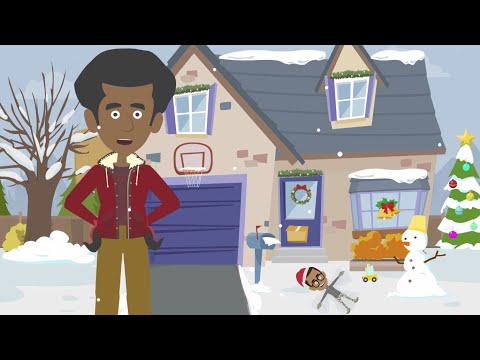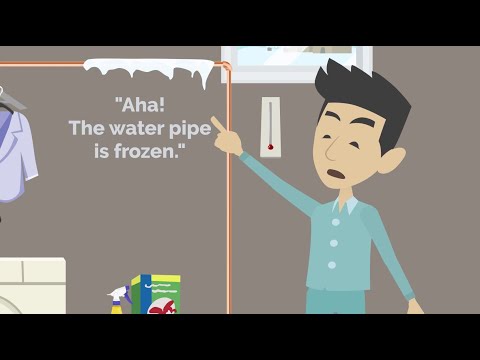With temperatures expected to be in the single digits Tuesday, and wind chill dropping below zero, Greater Clevelanders need to be on high alert for frozen water pipes. Ohio is among the top 10 states for damage, according to State Farm, one of the country’s largest insurers.
The best thing to do is protect water pipes from frigid temperatures in the first place. If your pipes do freeze, quick action can limit the damage and costs.
What can I do to prevent my pipes from freezing?
Pipes in unheated spaces, including garages and basements, are most vulnerable to freezing. But pipes on exterior walls or under kitchen or bathroom cabinets are also at risk, especially when it is cold and windy. And yes, both metal and plastic pipes can freeze. If a pipe has frozen before, it is more at risk to freeze again.
Protect pipes: Foam tubing or heat tape available at the hardware store will shield pipes – just make sure not to leave any gaps. In a pinch, you can wrap dishtowels and plastic grocery bags around the pipes.
Warm air: Leave cabinet doors open to allow heat to circulate around pipes.
Block drafts: Seal up windows or doors near pipes. If you can feel the cold air coming in with your hand, it’s a risk. You can use caulk for windows. Rolled up towels or a sock filled with dry beans or sand can help, too.
Let it flow: Just a small trickle of water flowing from a faucet can prevent freezing. Experts say to pick the faucet farthest from your water meter.
Unhook the hose: Drain and detach outdoor hoses from the spigot. If possible, turn off the water to outside spigots. Don’t put antifreeze in these pipes or lines. It’s dangerous for animals and humans.
If you are one of those extra-cautious people or you have trauma from a previous frozen pipe experience, installing a recirculation pump might ease your mind. The pumps, which cost between $65 and $200, push warm water through the pipes if they get too cold.
Cleveland Water, which serves more than 1.4 million households and businesses in Greater Cleveland, created this video with additional tips to protect pipes from freezing.
Help! I have a frozen water pipe. What should I do?
You likely have a frozen pipe if you turn on a faucet and no water or just a few drips come out. If you can see the pipe, look for frost or a part of the pipe that looks swollen. That’s a sign of a blockage. If you can’t see the pipe or determine where the frozen spot is, you may need a plumber.
Turn it off: Know where the main water shut-off valve is for your home. It can be in the basement or inside a panel or crawl space close to your water meter.
Heat, heat, baby: Use a portable heater to warm up the area around the pipe or heat the pipe directly with a hair dryer or heat lamp. Don’t use a blow torch or other open flame. You don’t need a fire in addition to a frozen pipe!
Busted: If your pipe does burst, turn off the water from the main valve. You’ll probably need to call a plumber to repair the pipe.
Cleveland Water also has a video on dealing with frozen pipes.






